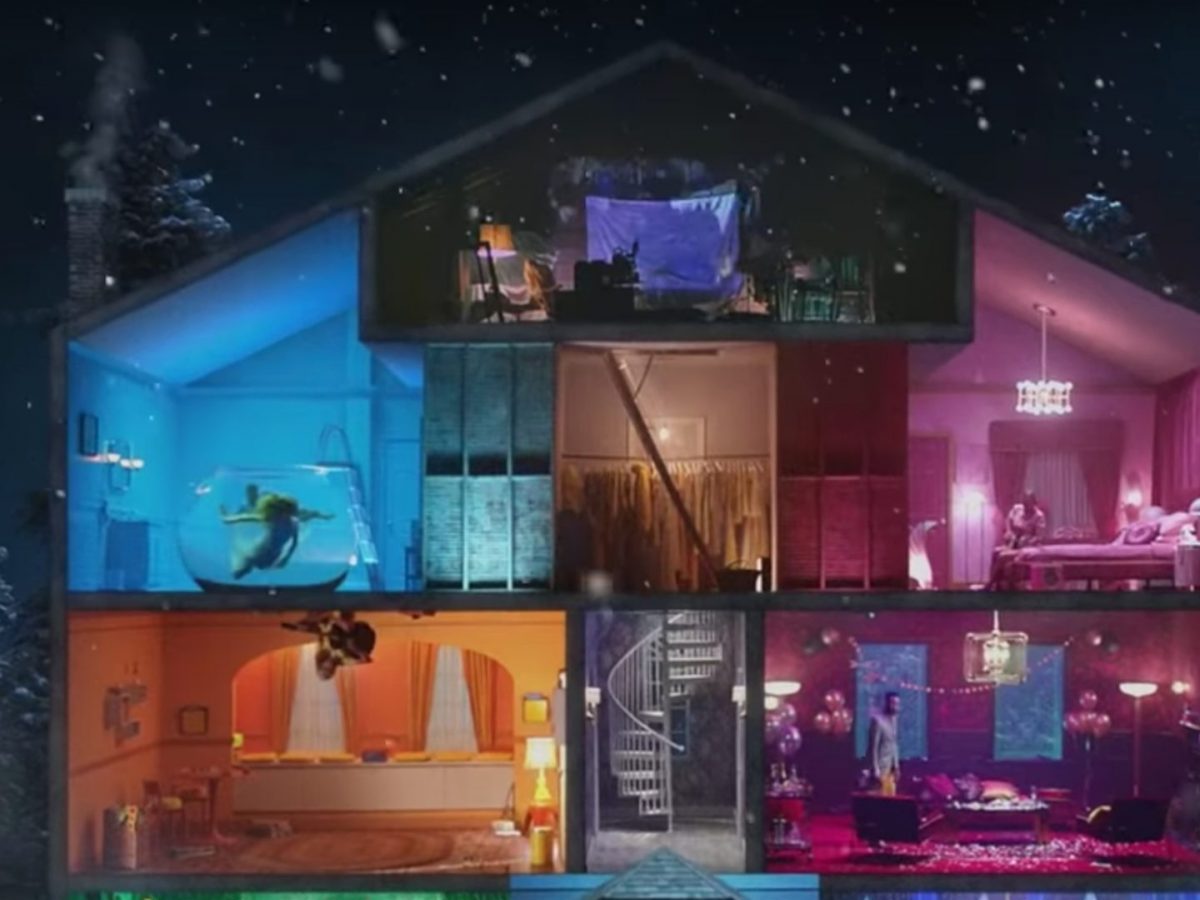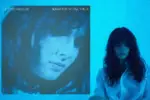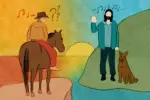There are many things Taylor Swift is known for. Being named artist of the decade at the American Music Awards last year, announcing a surprise album less than 24 hours before its release last month (breaking several records in the process), her transition from country to pop to indie-folk, and much more. But to those who truly listen to her music, the intricacy of her storytelling stands apart from the rest of her achievements.
“Everybody in music has their own sort of niche specialty thing that they do that sets them apart from everybody else, and my storytelling is what it is for me,” she says in “Miss Americana,” the Netflix documentary about her that premiered at Sundance in 2019.
From her first album, “Taylor Swift” in 2006, to this July’s “folklore,” Swift has drawn listeners in with her detailed descriptions of her emotions, actions and dreams. Throughout her career, she’s continued to weave secret meanings and Easter eggs into her songs, albums and promotional work. What started out as capitalizing random letters in album booklets to create secret messages has grown into tiny details slipped into music videos or seemingly normal Instagram posts.
While all of this is far from obvious, the patterns and symbolism used in Swift’s storytelling is apparent to fans. Whether it be a specific word (the use of “headlights” in “Style” and “I Wish You Would” on “1989” and “Cruel Summer” from “Lover” come to mind), phrase or color, Swift has taken words that the general public know as one thing and given it a new definition in the context of her life and discography.
Released in August 2019, her seventh studio album, “Lover,” is a rainbow of emotions and colors. In the liner notes, she calls the album “a love letter to love itself — all the captivating, spellbinding, maddening, devastating, red, blue, gray, golden aspects of it.” With lyrics that use colors more than any other of her previous albums and pastel cover art that feels like the opposite of her sixth album, 2017’s “reputation,” “Lover” is truly a kaleidoscope of every shade imaginable. But even though it is probably the peak of Swift’s color-centric storytelling, it wasn’t her first use of color symbolism and certainly wasn’t her last.
Swift’s most memorable use of color before “Lover” was “Red,” the title track of her fourth album and last release before moving over completely to the pop genre. The song’s chorus explains that “Losing him was blue like I’d never known / Missing him was dark grey, all alone / Forgetting him was like trying to know somebody you never met / But loving him was red.”
While Swift had experimented with the use of color in earlier albums, “Red” was her first step toward using colors to represent ideas and emotions through her own lens. For example, red is a color of extremes. On one hand, it’s danger, anger and violence, but on the other, it’s seduction, adventure and love. By having it follow blue and grey, Swift seems to convey that the love in “Red” is both sides of the spectrum, all-encompassing in many ways.
Grey might be one of her lesser-used colors, but its two constituent parts, black and white, are everywhere in Swift’s lyrics. The black-and-white covered “reputation” finds the two colors referenced in songs like “Getaway Car” (“the ties were black, the lies were white”) while “Out of the Woods” on “1989” boasts one of her more famous lines, “the rest of the world was black and white, but we were in screaming color.” Here, Swift shows her ideas of right and wrong with no in between, an idea that she has rejected in her more recent writing.
“I had to deconstruct an entire belief system for my own personal sanity,” she says about her desire to be seen as “good” by everyone in “Miss Americana.” Out of the 18 songs on “Lover,” only seven don’t feature any color in the lyrics. Whether it be blue — her most-used color by far — in “Cruel Summer,” “Miss Americana & The Heartbreak Prince,” “Paper Rings” and many others, or other, less prominently placed colors, “Lover” truly shows all the shades in the rainbow of love. But although she “once believed love would be black and white” or “burning red,” as she sings in the album’s last track, “Daylight,” it’s neither. “But it’s golden, like daylight,” as if to symbolize the start of a new era with “Lover” and what would come after it.
Gold carries over from “Lover” to “folklore,” Swift’s eighth and most recent studio album that surprised fans in more ways than one. Announced on the morning of July 23 and released at midnight on the next night, the album steps away from pop and into indie-folk, putting Swift in the Top 10 of country charts with “betty,” which tells the story of a teenage love triangle. In “folklore,” she puts aside the pastel rainbow of “Lover” in favor of more intricate storytelling, full of characters, multiple timelines and blurring the lines between autobiography and fiction. “I found myself not only writing my own stories,” she writes in a letter posted on social media when the album was released, “but also writing about or from the perspective of people I’ve never met, people I’ve known, or those I wish I hadn’t.”
While there are many songs on the album where listeners may struggle to see Swift as the main character, one that feels unequivocally hers is “invisible string,” which also happens to include plenty of color symbolism and imagery, standing apart from the black-and-white album cover. The song begins with green, “the color of the grass where I used to read in Centennial Park” and teal, “the color of your shirt when you were 16 at the yogurt shop,” but quickly moves away from the innocence of youth those colors represent.
As she tells the stories of beginnings and endings, she ends the bridge by revealing that the invisible string is a “single thread of gold,” tying her to the person she sings to. Not only that, but “gold was the color of the leaves when I showed you around Centennial Park,” signifying her transformation from waiting for her life to happen to the happiness she’s currently experiencing.
She also references “Lover” in the final chorus, singing that “time, wondrous time, gave me the blues and then purple-pink skies,” potentially a nod at the pastel skies behind her on the album’s cover. “Folklore” may not have the variety of shades in the same way “Lover” did, but “invisible string” suggests there’s still plenty of room for color in Swift’s future songwriting and storytelling.

















